 Abraham Lincoln
If given the truth, the people can be depended upon to meet any national crisis...
Abraham Lincoln
If given the truth, the people can be depended upon to meet any national crisis...
 Guildford news...
for Guildford people, brought to you by Guildford reporters - Guildford's own news service
Guildford news...
for Guildford people, brought to you by Guildford reporters - Guildford's own news service
Birdwatcher’s Diary No.228
Published on: 20 Mar, 2021
Updated on: 20 Mar, 2021
By Malcolm Fincham
March began on a bright note weather wise. Although rather cool by night with a few night frosts continuing, especially in the more rural districts of Surrey.
A light breeze and blue skies had beckoned birds of prey out to play. Circling often way up high in the thermals, in the varying air currents. So distant, at times, often binoculars were needed to pick out and to identify which species.
Some of my photos in this report were, of course, taken at previous times.
Now, the most common birds of prey locally are common buzzards. Although just 20 years ago they were a rare sight indeed in the south-east of England.
More recently, and even since my diary reports began back in 2012, red kites have also increased. They can now be seen in accumulatives number throughout both, town and countryside.
Sparrowhawks can now be seen displaying, often recognised by the “flap flap” of their wings, followed by a long glide, often in a reasonably tight circle.
On march 14, I watched as one took to the sky having made a brave attempt swooping through the sewage works at Slyfield.
It immediately sent all the birds feeding there into a frenzy.
Unsuccessful in its mission on this occasion as it was chased off by a jackdaw.
Kestrels can also be seen locally, especially at the Riverside Nature Reserve.
Once in a while it might be possible to spot a goshawk as I did recently. These birds are like sparrowhawks on steroids!
Although still a rare sight, due to continued persecution by some “gamekeepers”, there have been a few random sightings of these nomadic birds within the Surrey Hills.
The most renown apex predator locally has to be the peregrine falcon. A recent project taken on by some local bird lovers has involved a nest-box set up high on Woking’s Export House building.
Mentioned in an earlier report, peregrines have been successfully breeding locally since 2016. Hopefully they will have a similar success in 2021.
In Woking, webcams have again been set up to monitor their progress.
They are new pair this year, and I will be looking forward to seeing how they get on.
Peregrines are known to dive through the air at speeds of up to 200mph making this protected species the fastest creature on the planet.
March 4 brought the first sand martin sightings of the year to Tice’s Meadow near Tongham.
Unfortunately, the sand martin hide there wasn’t very inviting, still partially submerged by the volume of rain that had fallen during the autumn and winter months.
Near Redhill, Surrey Wildlife Trust has recently begun a more intricate project in hope of attracting some of the summer visitors to Nutfield Marshes – the Moors & Spynes Mere.
At Tice’s there was also a reported early sighting of a house martin, possibly a record earliest for Surrey.
From “Horton’s Mound” at Tice’s, a jack snipe could also be viewed.
Distant to view, as most things are at Tice’s, was a black-necked grebe for several days.
My local walk to Riverside Nature Reserve, near Burpham on March 5, gave me my first frogspawn sighting of the year.
While another optimistic sign that spring was seeing several reed buntings had returned along the boardwalk and could now be heard calling. The males now colouring up into summer plumage.
A great spotted woodpecker could be seen and heard drumming in one of the tall trees that lined the banks of the River Wey.
While nuthatches had now found their voices. It was now beginning to feel that a seasonal transition had begun.
A pair of grey wagtails could be viewed across the river, one of which was in one of its favourite spots, perched on a tree stump that poked out above the water.
Possibly it was the same bird I saw there last year, using the same spot to fly-catch from.
Further along the river in the direction of Burpham, looking across in the direction of Burpham Court Farm, viewing from behind the allotments, for several days at least three pintail ducks could be viewed on a flooded pool.
Also still wintering there, although not easy to view at such distance, a group of shoveller and wigeon could still be seen.
Elsewhere on my local travels, wintering fieldfares could still be viewed in large numbers counting several flocks of more than 50 birds flying to roost, making their characteristic ‘tsak tsak’ flight calls as they flew overhead.
I made the most of the relatively dry spell of weather, taking advantage of the trees still bare of leaf thus allowing better opportunities for seeing and photographing wildlife.
A chiffchaff had broken into song.
Great spotted woodpeckers could be heard drumming high up in the canopy of trees.
Treecreepers could also be viewed singing as they crept up the tree bark stopping periodically to pick out an insect from the crevices.
Long-tailed tits had now begun to pair up, some now seen carrying nesting material.
While in the old horse paddocks adjoining Whitmoor Common redwings could still be observed.
Lesser redpolls could still be seen in large flocks in heathland areas personally witnessing a flock of over 80 birds at one location. On Whitmoor Common a smaller group of 10 or more could also still be seen.
I had recently even had reports in the Stoughton area of redpolls having been seen on garden feeders.
Several green woodpeckers could also be viewed.
While one of a pair of mistle thrushes perched up on one of the fence posts.
By March 9, I managed to add my first small tortoiseshell to this year’s sightings of butterflies.
On recent pioneering walks I have had the privilege to pick out and also photo several firecrests at various locations.
I visited Britten’s Pond on what was a cool day on March 11. A few showers passed through, while the late afternoon sun produced a couple of rainbows adding to the vista.
An Egyptian goose flew into land on one of the islands.
Out on the lake was a lone great crested grebe, now in summer plumage.
A cormorant flew low across the water.
The pair of mute swans there were spending much of their time chasing the Canada geese around.
While the resident kingfisher remained present though always elusive, in spite of its iridescent plumage.
A large contingent of jackdaws, that had gathered in the tall trees at the back of the pond, took flight in unison, heading in the direction of Slyfield, to roost.
With buds on many of the trees and shrubs now looking ready to burst into life, and blackthorn already glistening in its white coating of blossom, spring was at last beckoning.
Responses to Birdwatcher’s Diary No.228
Leave a Comment Cancel replyPlease see our comments policy. All comments are moderated and may take time to appear.

See Dragon story: GBC’s Explanation of Major Land Sale Notice Error ‘Borders on Arrogant’ Says Councillor







Recent Articles
- Aux Nightclub Closes Suddenly – Police Investigation Underway
- £20,000 Offered to Help Solve 30-year-old Woking Murder Case
- Letter: Jeremy Hunt Has Not Engaged With Ash Parish Council As Claimed
- New On-line Directory for Community Help and Support Throughout Surrey
- Notice: Open Garden Charity Event May 10-12
- Letter: Politicians Should Not Take Credit for Pharmacy Appeal Success
- Insights: Running an Election – Part Three The Result
- Letter: Good to See the Power of the Community Coming Together
- Letter: Why is Britain Failing? Governmental Structure and Voting Systems
- Letter: Broken Britain Has Plenty of Problems But Does the EU Have the Solutions?


Recent Comments
- Gus Stewart on Letter: Why is Britain Failing? Governmental Structure and Voting Systems
- frank emery on Latest Figures Show Two in Every Three Burglaries Went Unattended in Surrey
- Brian Holt on One Point Is Enough – Guildford City Avoids the Drop!
- S Collins on Poll Predicts General Election Lib Dem Wins in Guildford, Godalming & Ash and Woking
- David Smith on Guildford’s MP Joins Objectors to the Development of Protected University of Law Site
- John Perkins on Letter: Why Is Britain Failing Compared to the EU?
Search in Site
Media Gallery
Dragon Interview: Local Artist Leaves Her Mark At One of England’s Most Historic Buildings
January 21, 2023 / No Comment / Read MoreDragon Interview: Lib Dem Planning Chair: ‘Current Policy Doesn’t Work for Local People’
January 19, 2023 / No Comment / Read MoreA3 Tunnel in Guildford ‘Necessary’ for New Homes, Says Guildford’s MP
January 10, 2023 / No Comment / Read More‘Madness’ for London Road Scheme to Go Ahead Against ‘Huge Opposition’, Says SCC Leader
January 6, 2023 / No Comment / Read MoreCouncillor’s Son Starts Campaign for More Consultation on North Street Plan
December 30, 2022 / No Comment / Read MoreCounty Council Climbs Down Over London Road Works – Further ‘Engagement’ Period Announced
December 14, 2022 / No Comment / Read MoreDragon Interview: GBC Reaction to the Government’s Expected Decision to Relax Housing Targets
December 7, 2022 / No Comment / Read MoreHow Can Our Town Centre Businesses Recover? Watch the Shop Front Debate
May 18, 2020 / No Comment / Read More



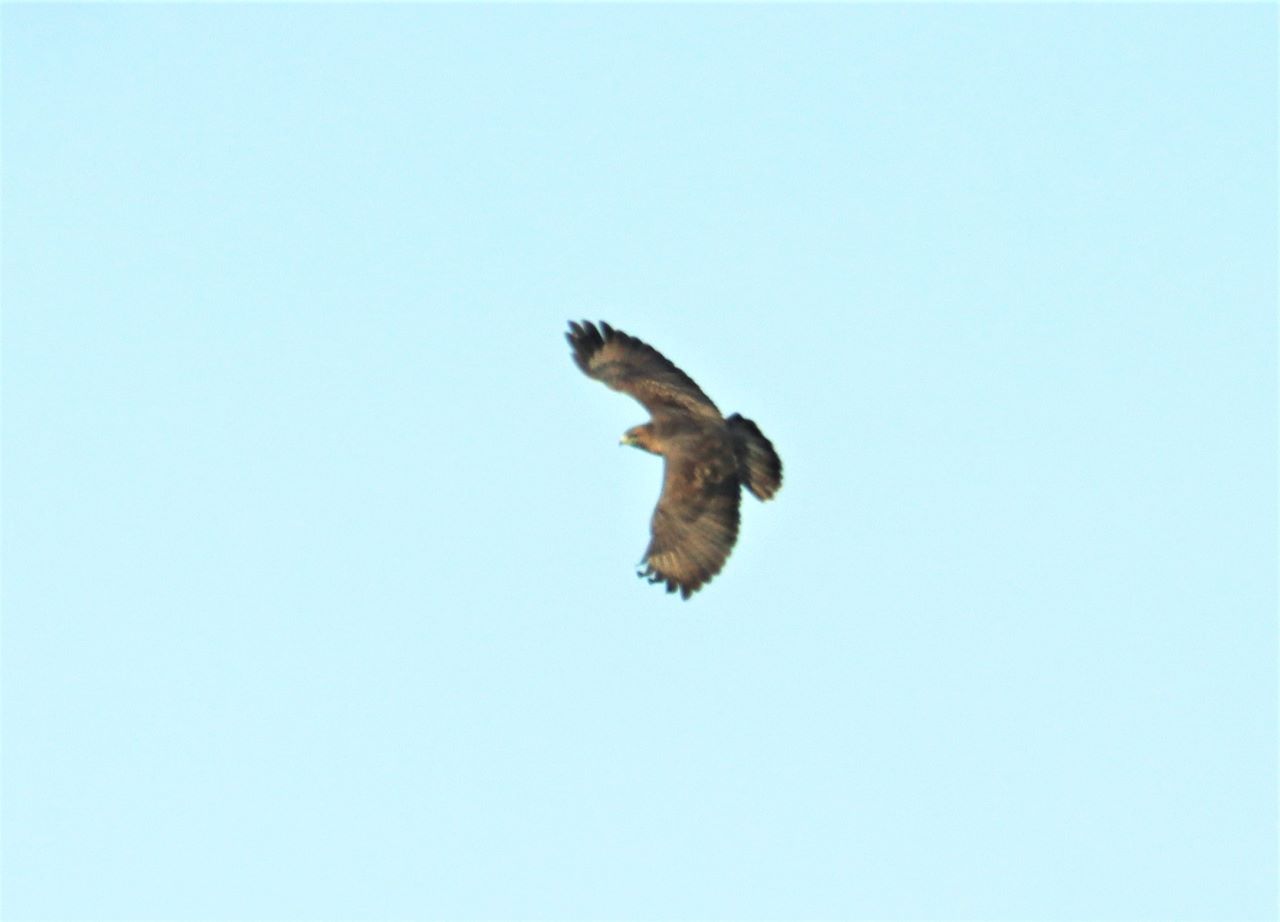



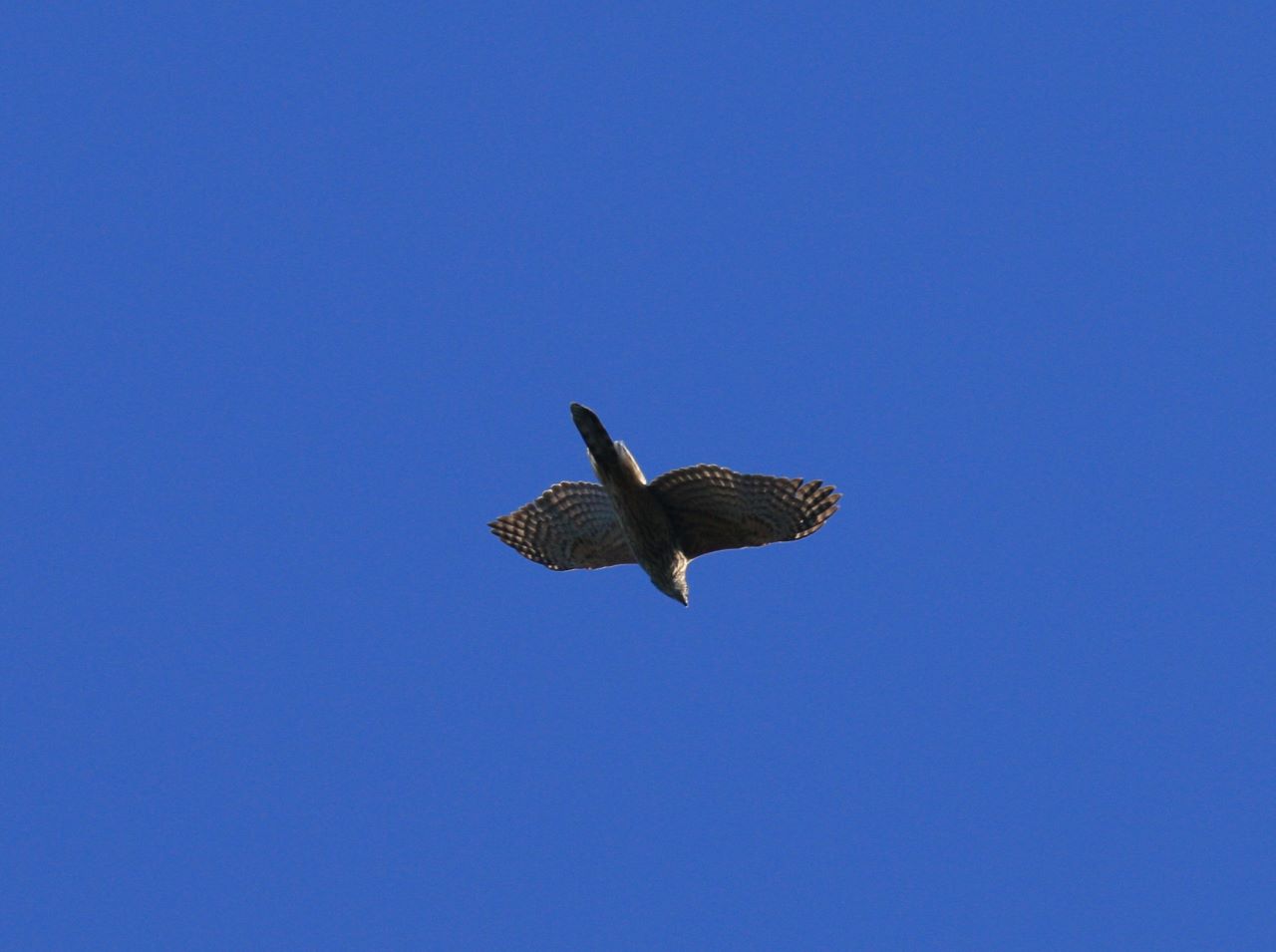

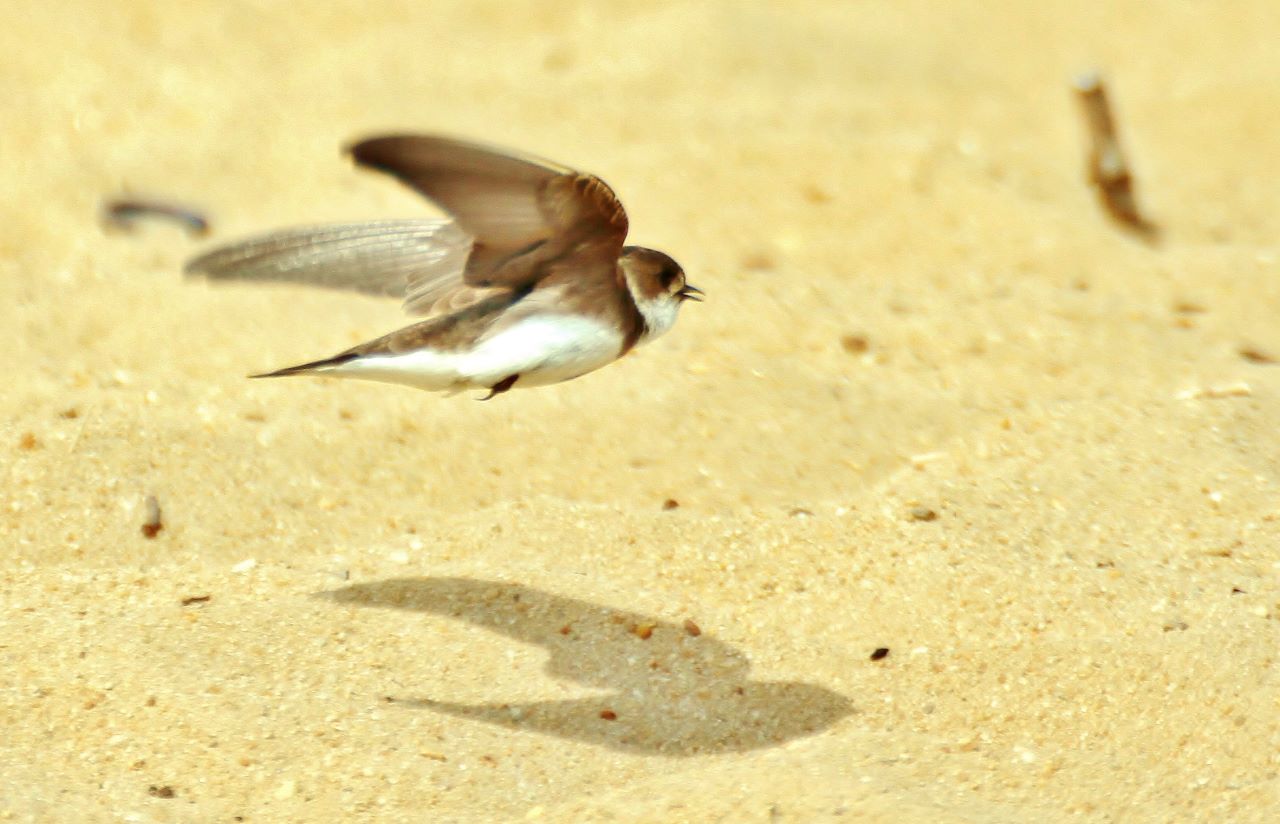
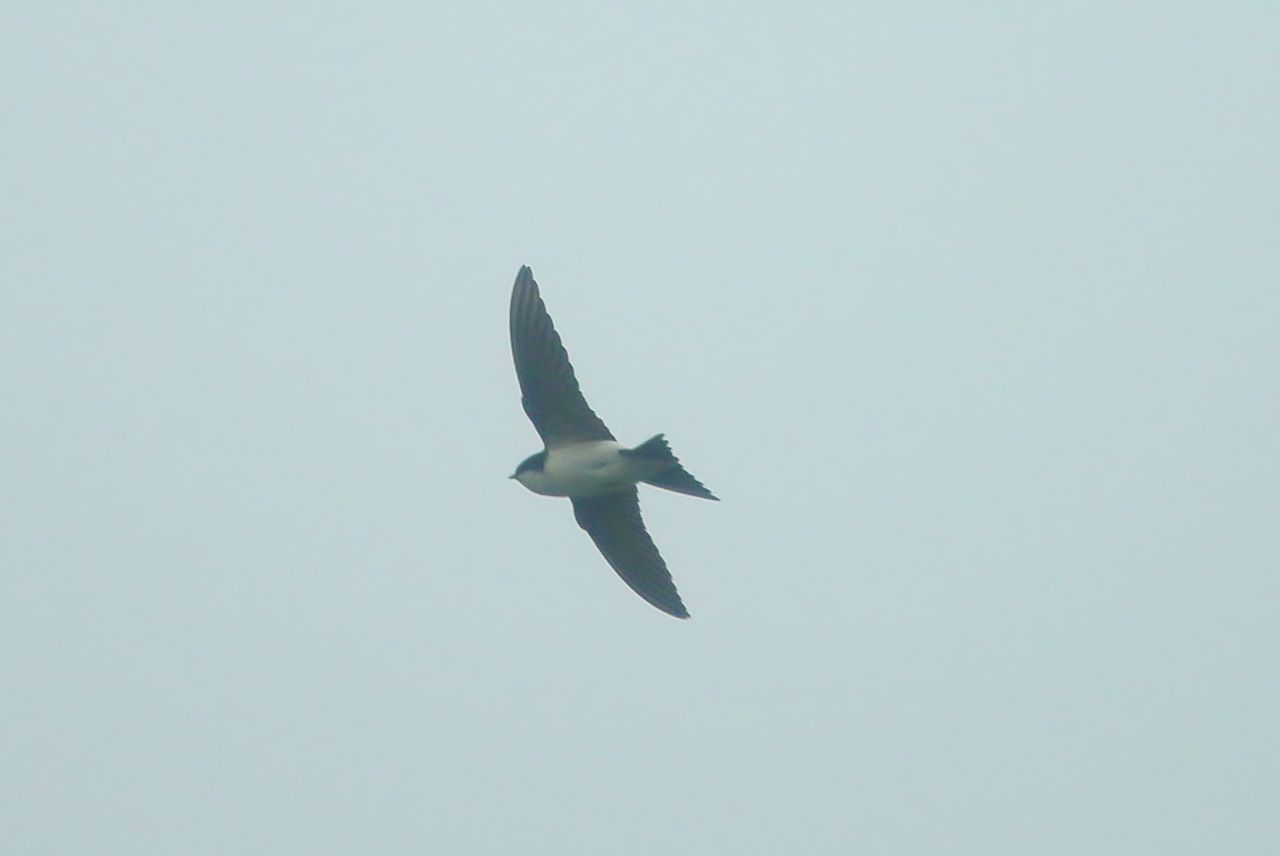
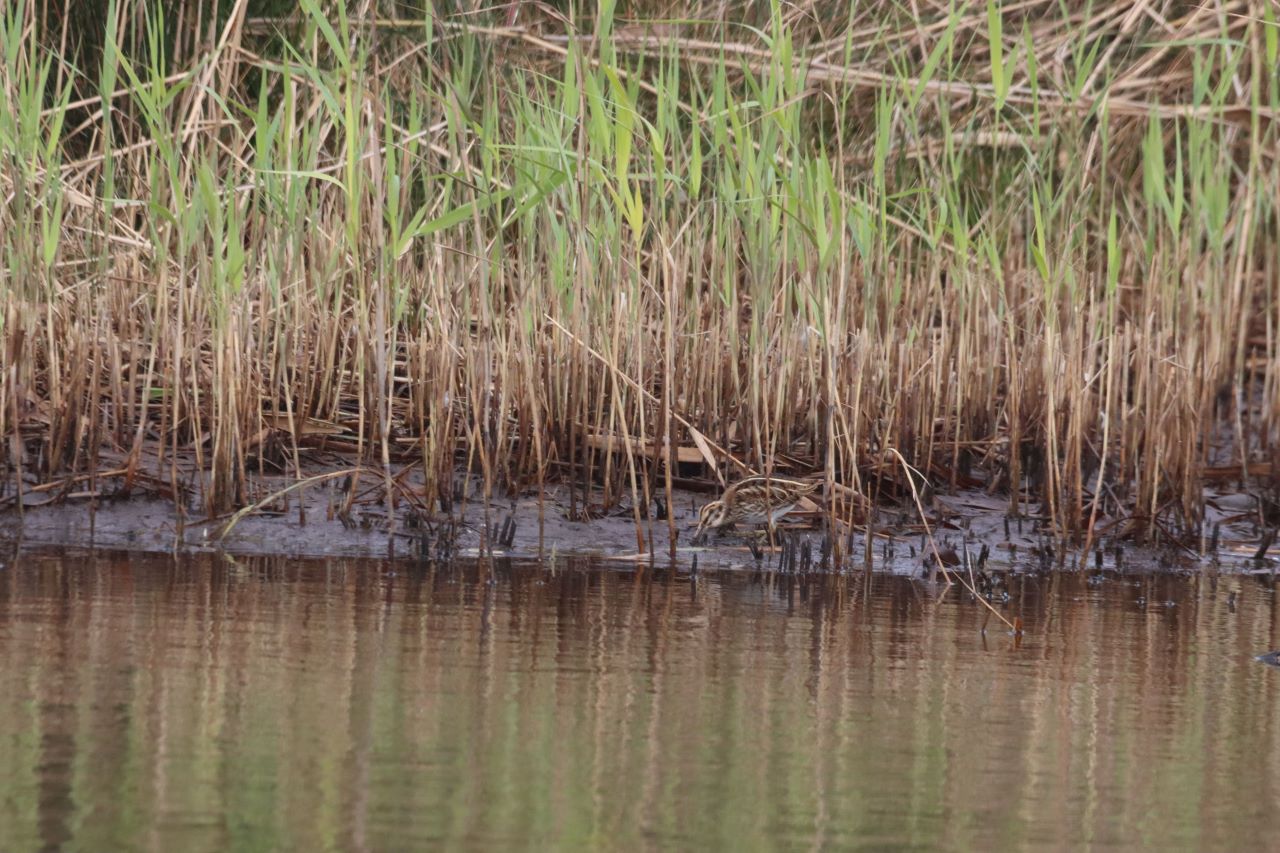
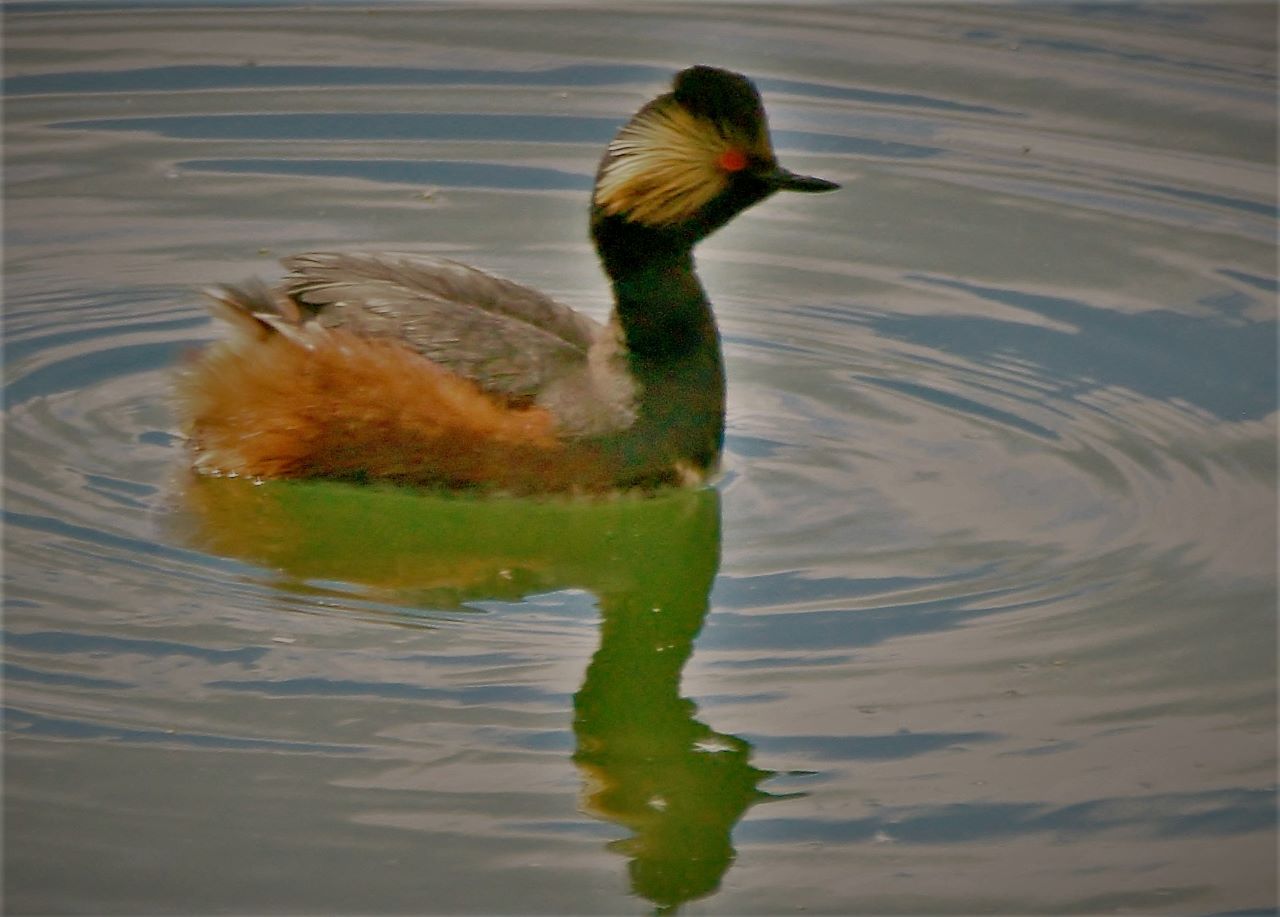
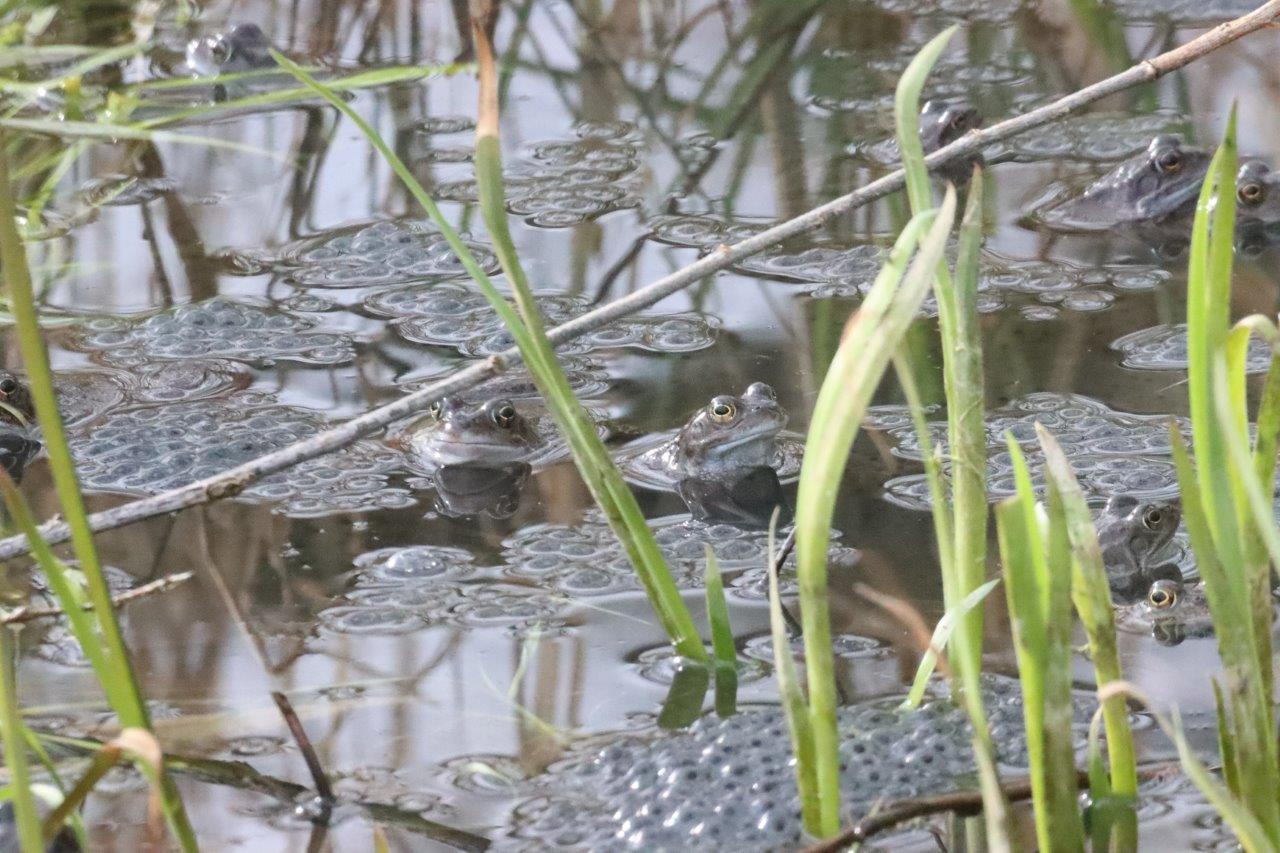
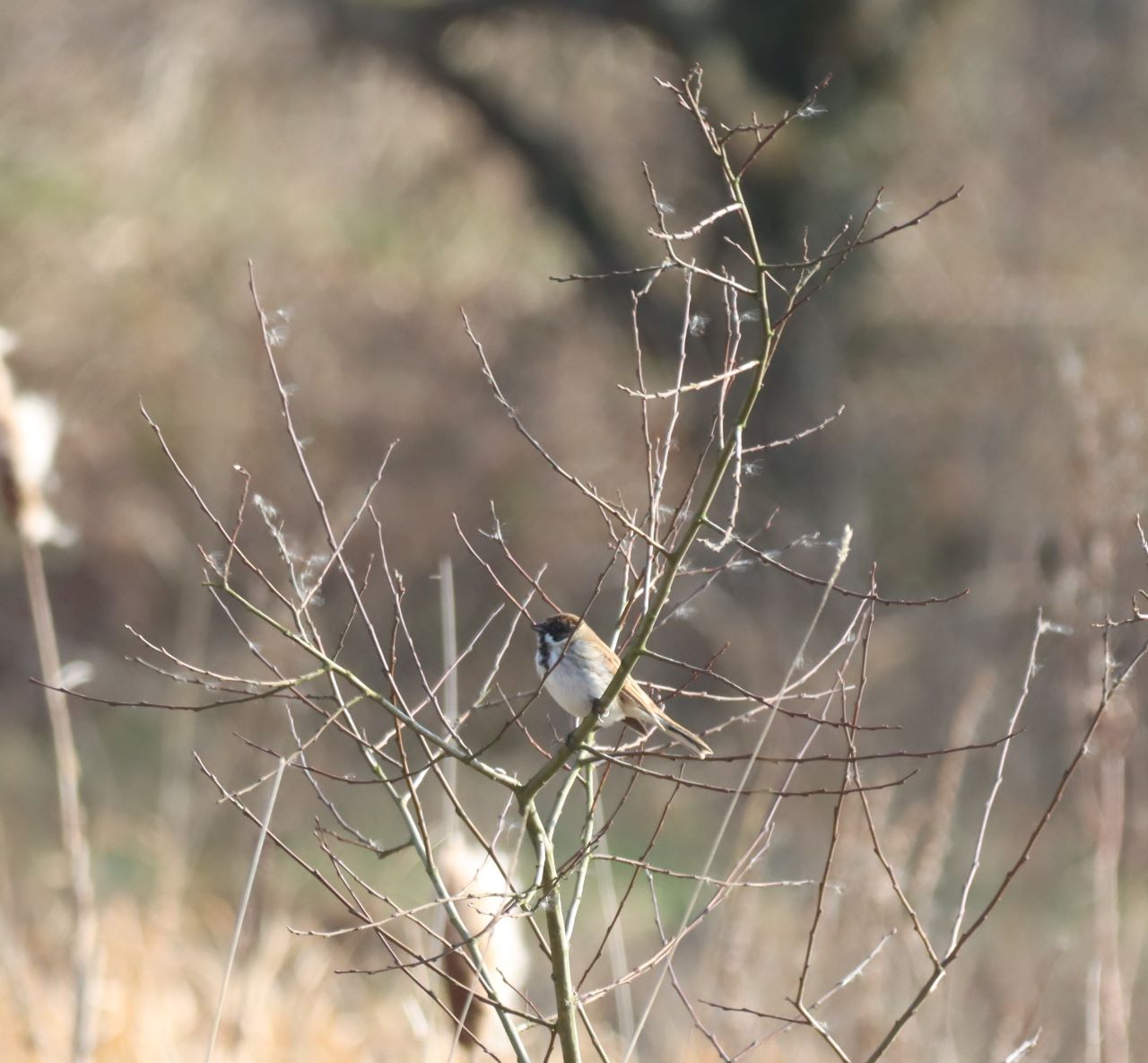




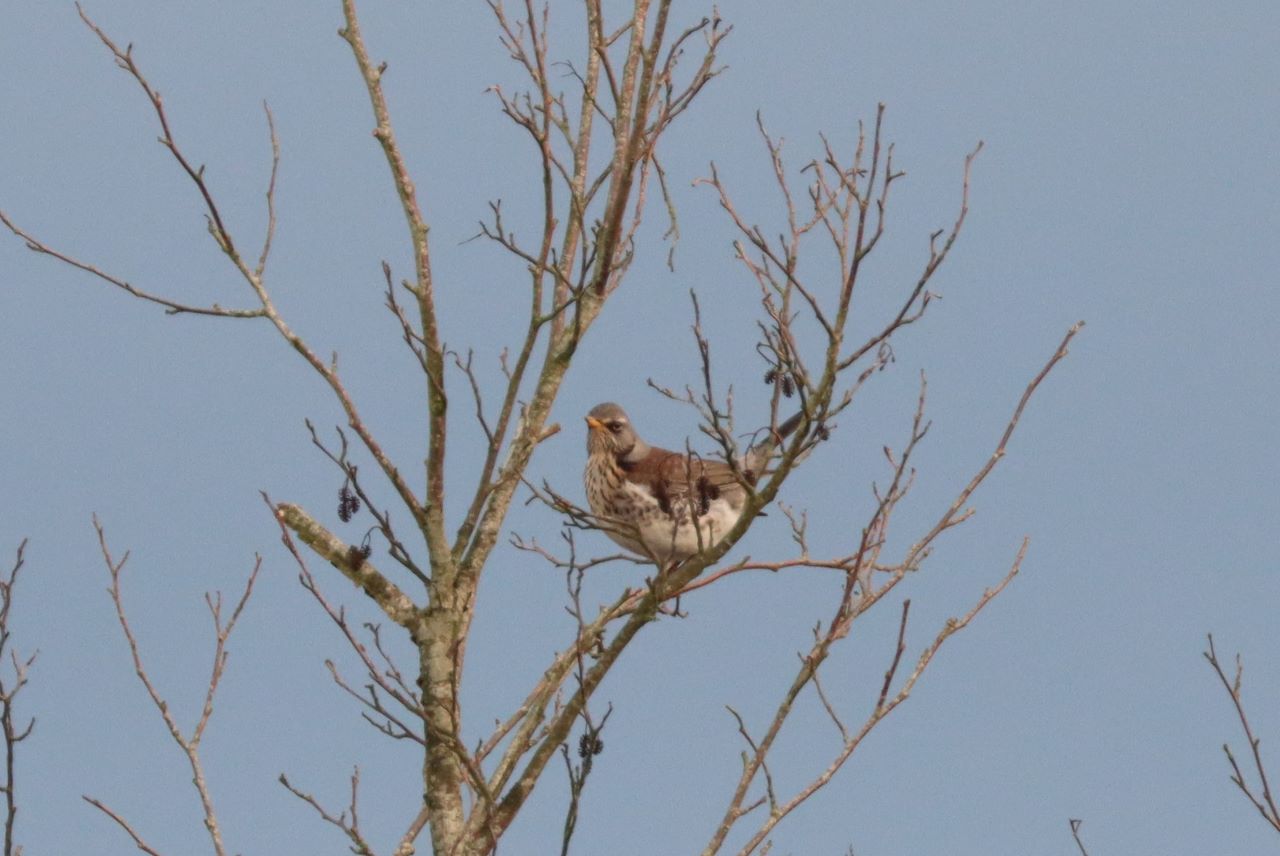
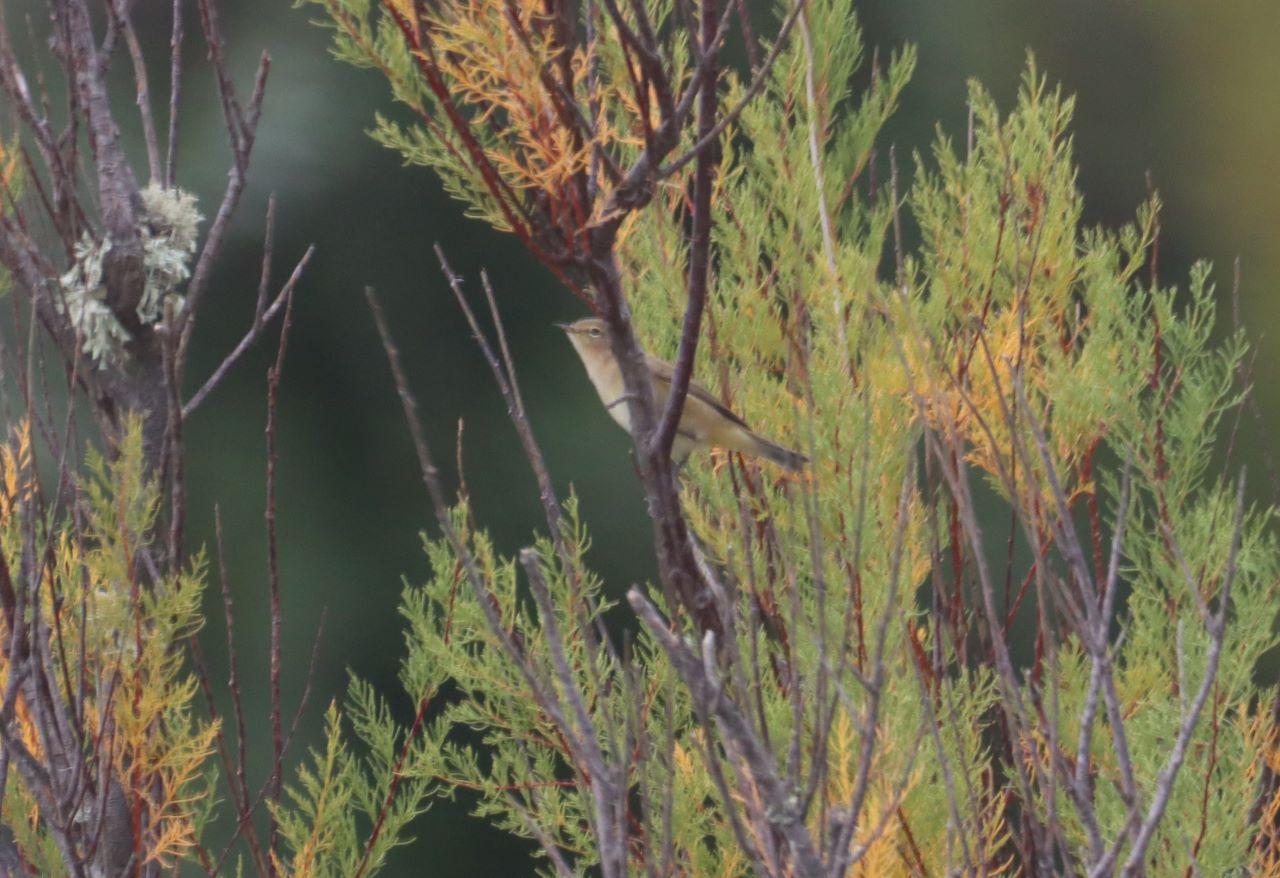
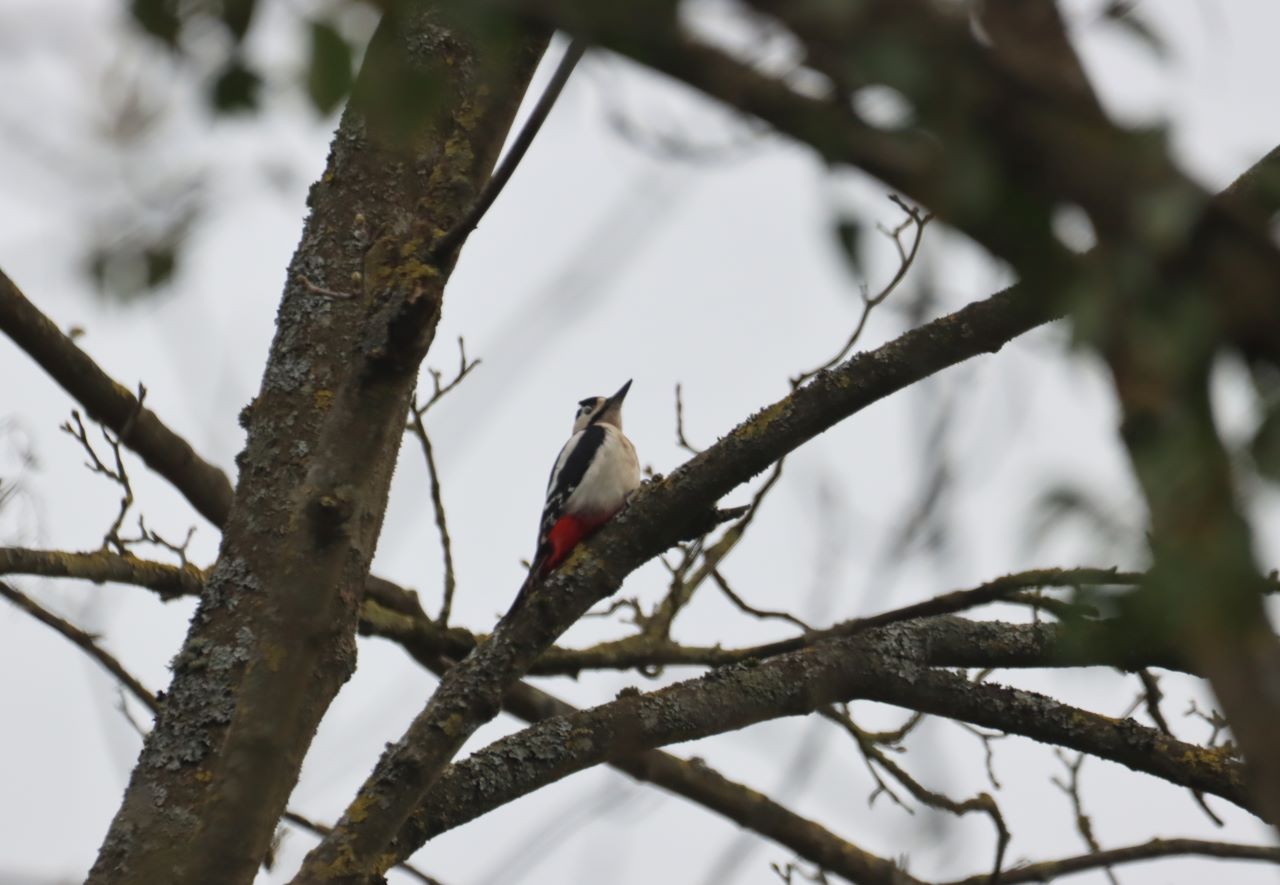
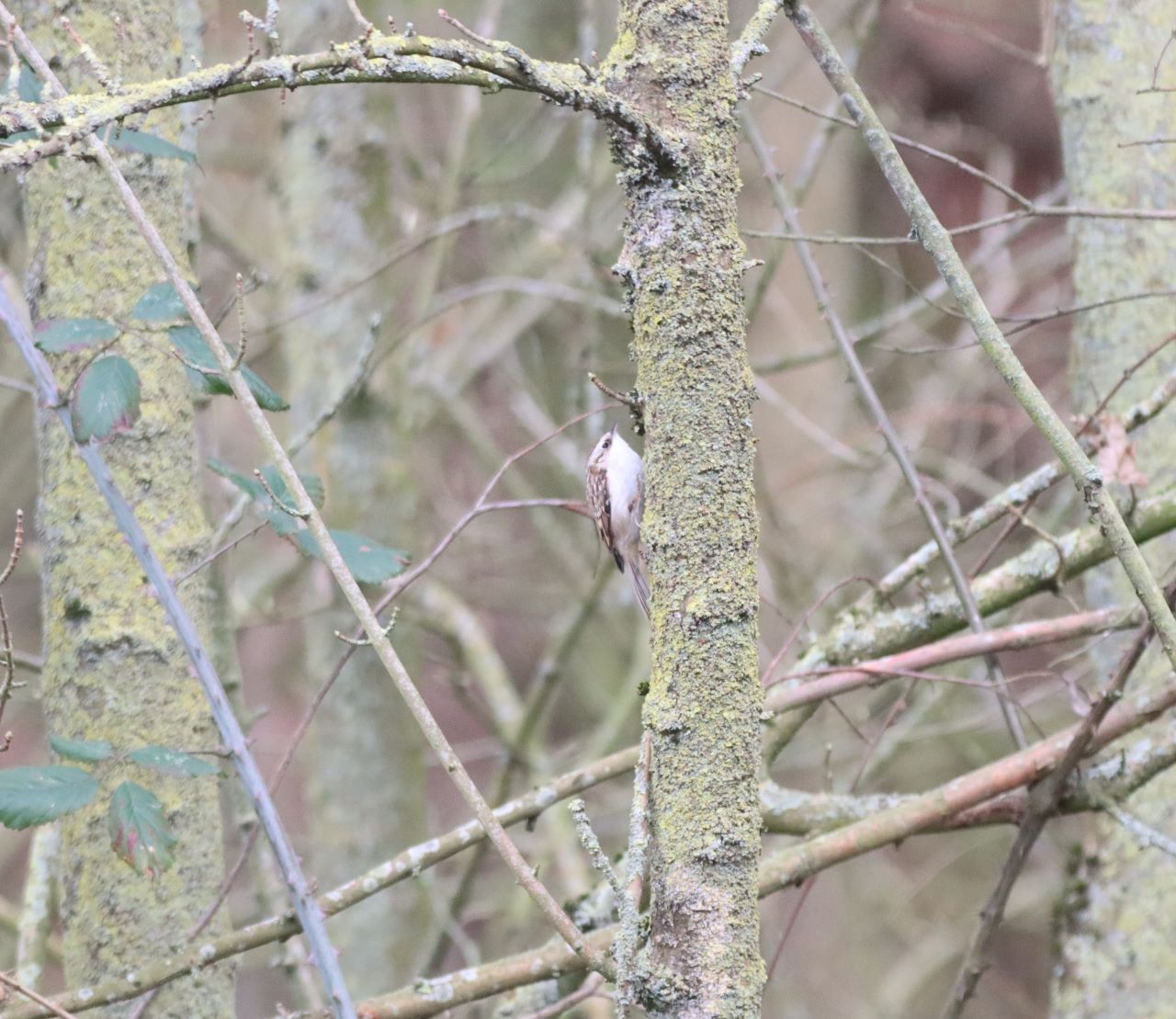
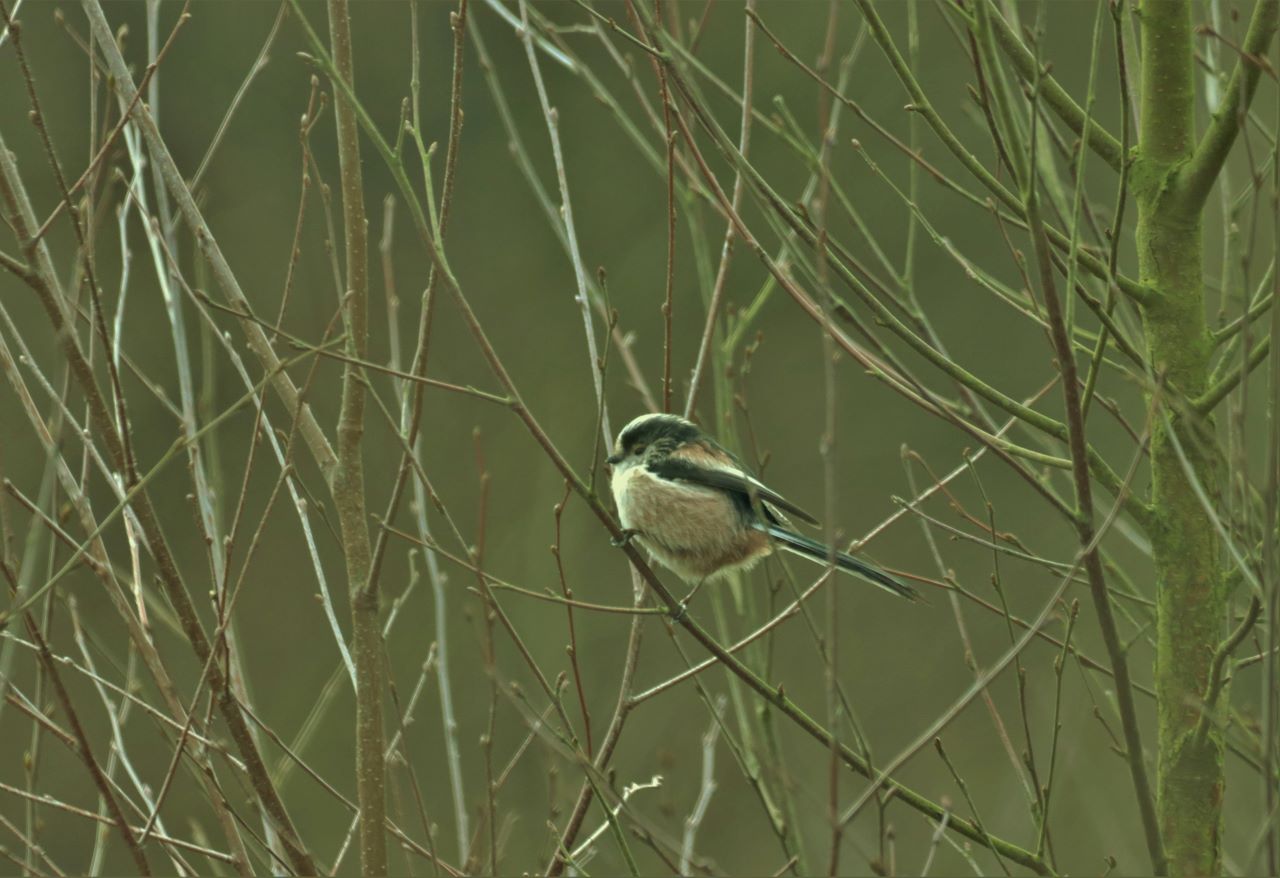
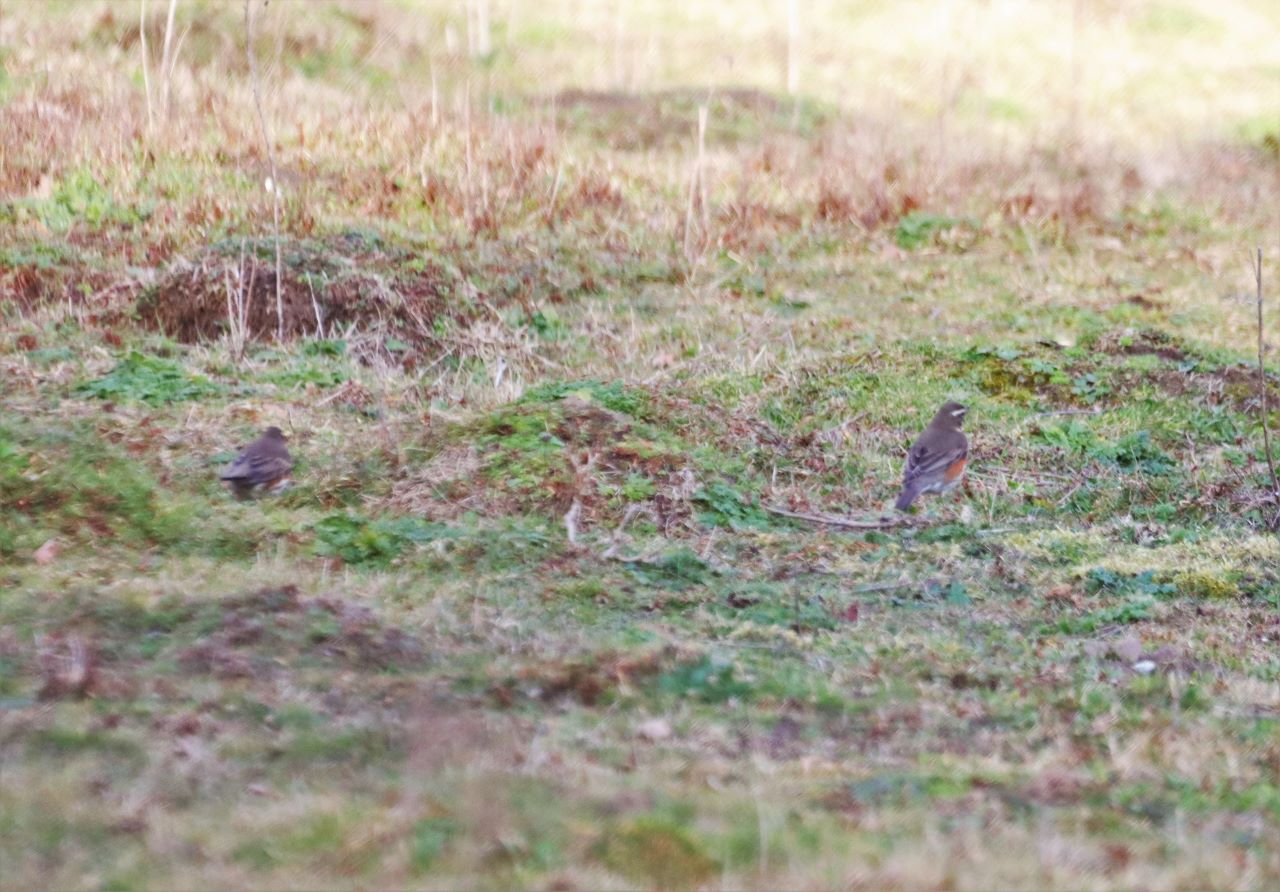
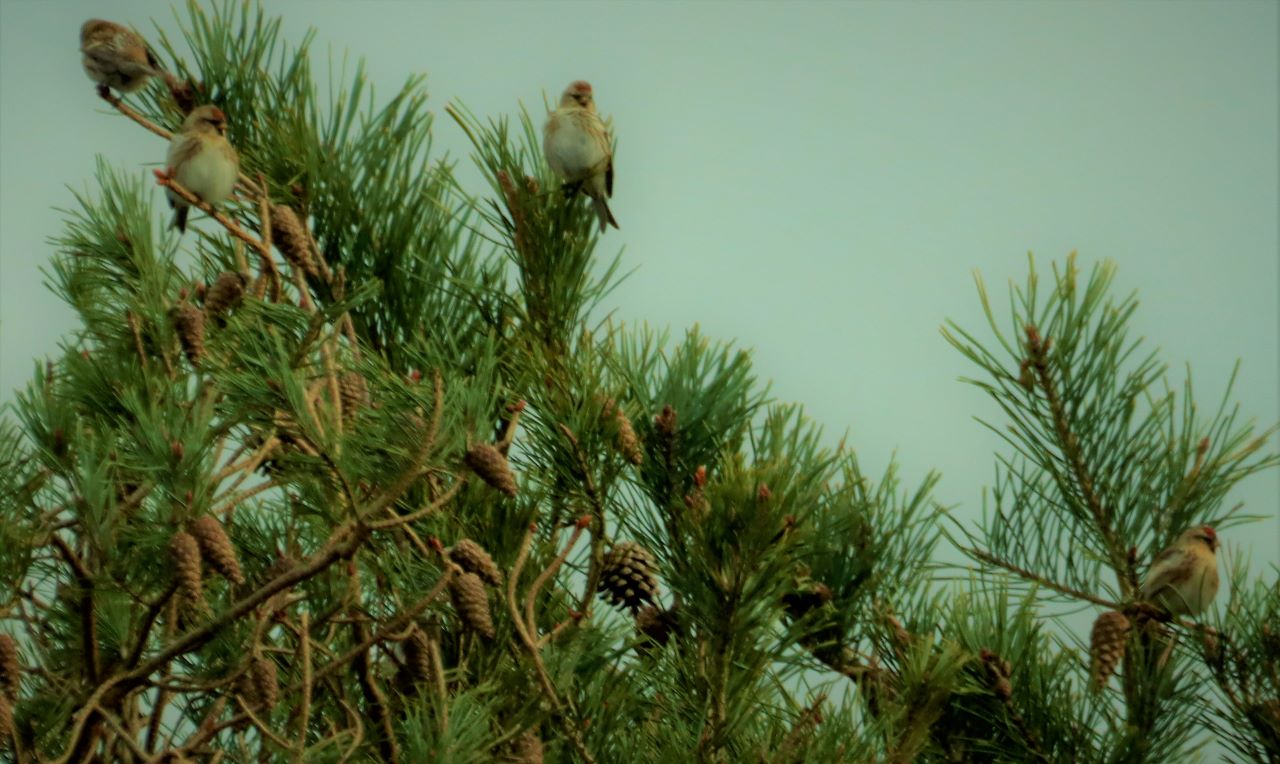

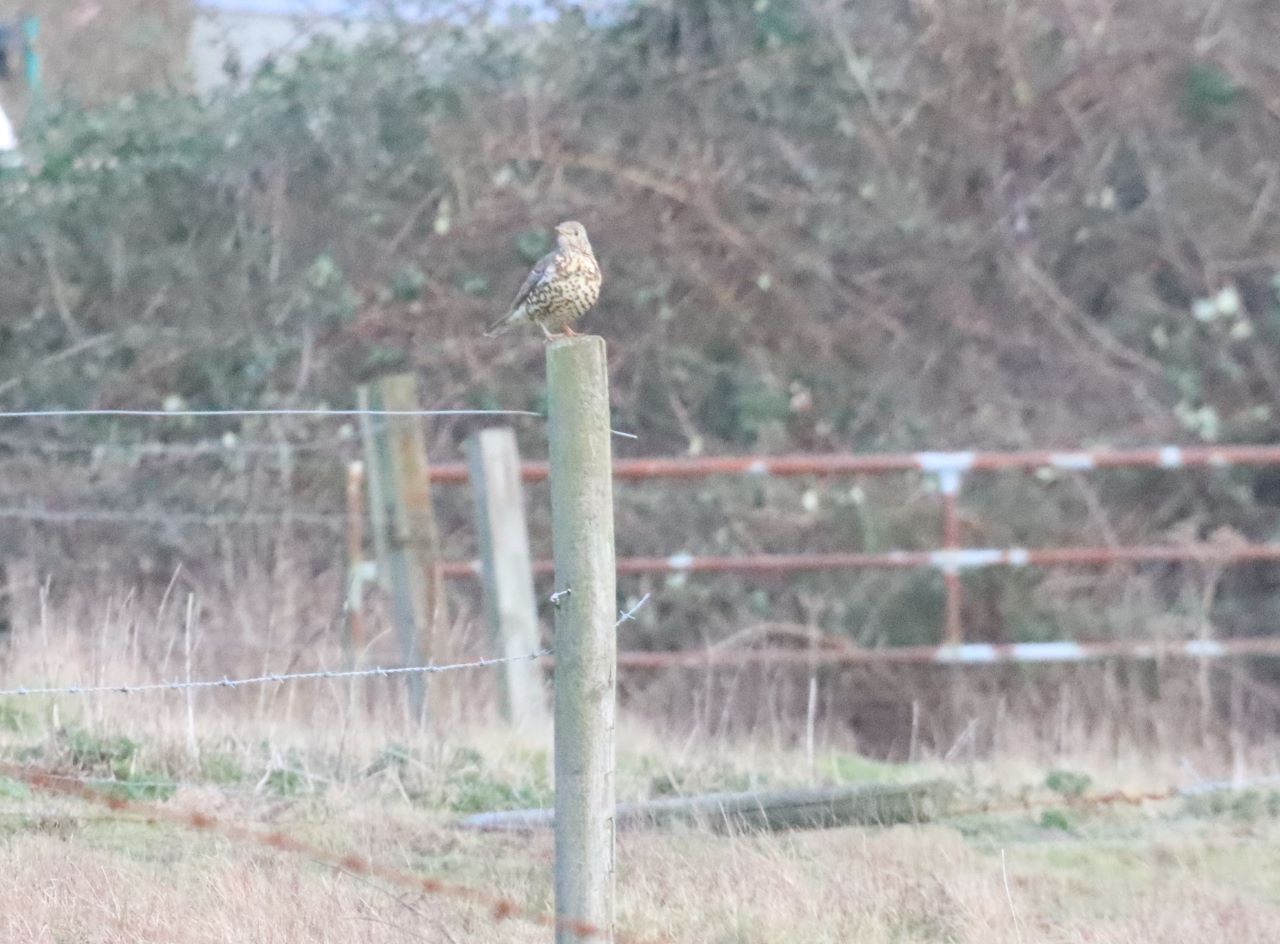
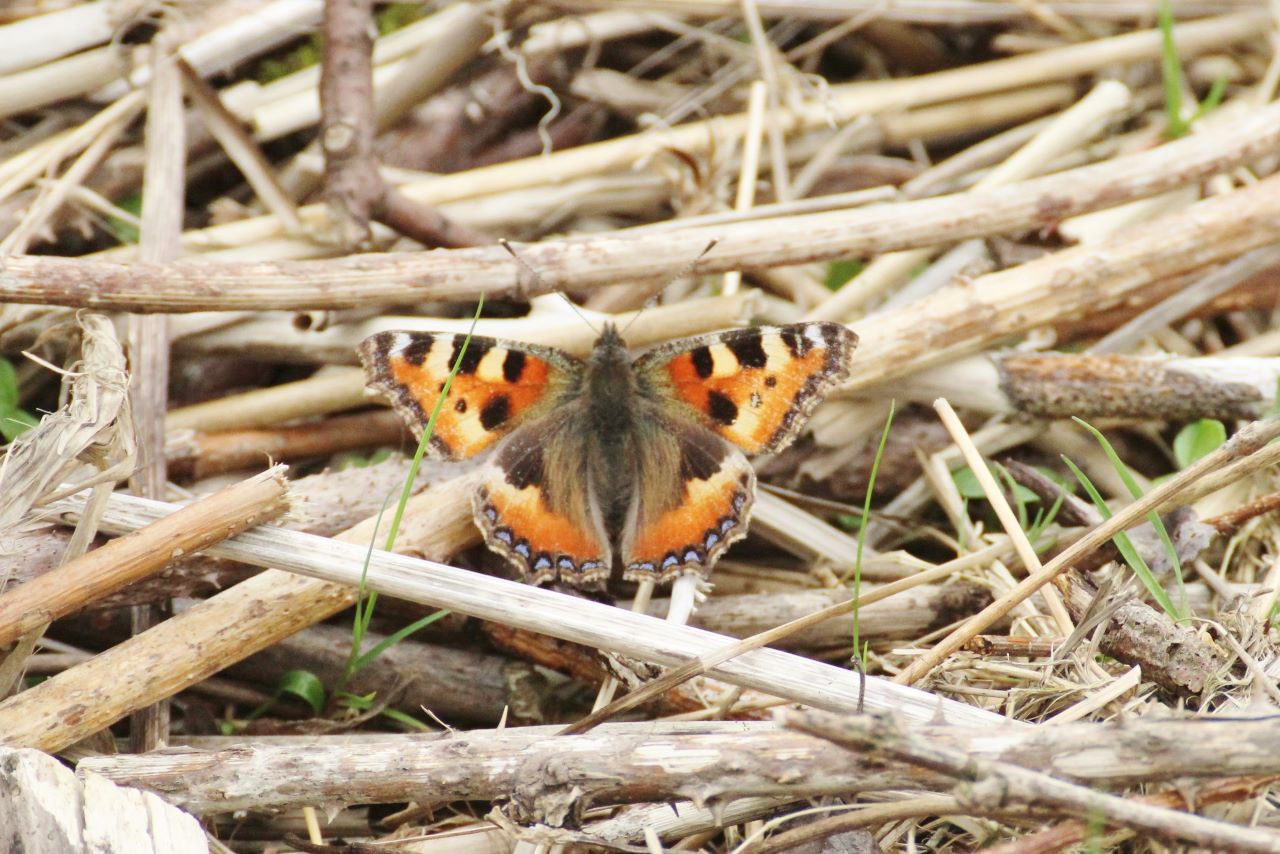





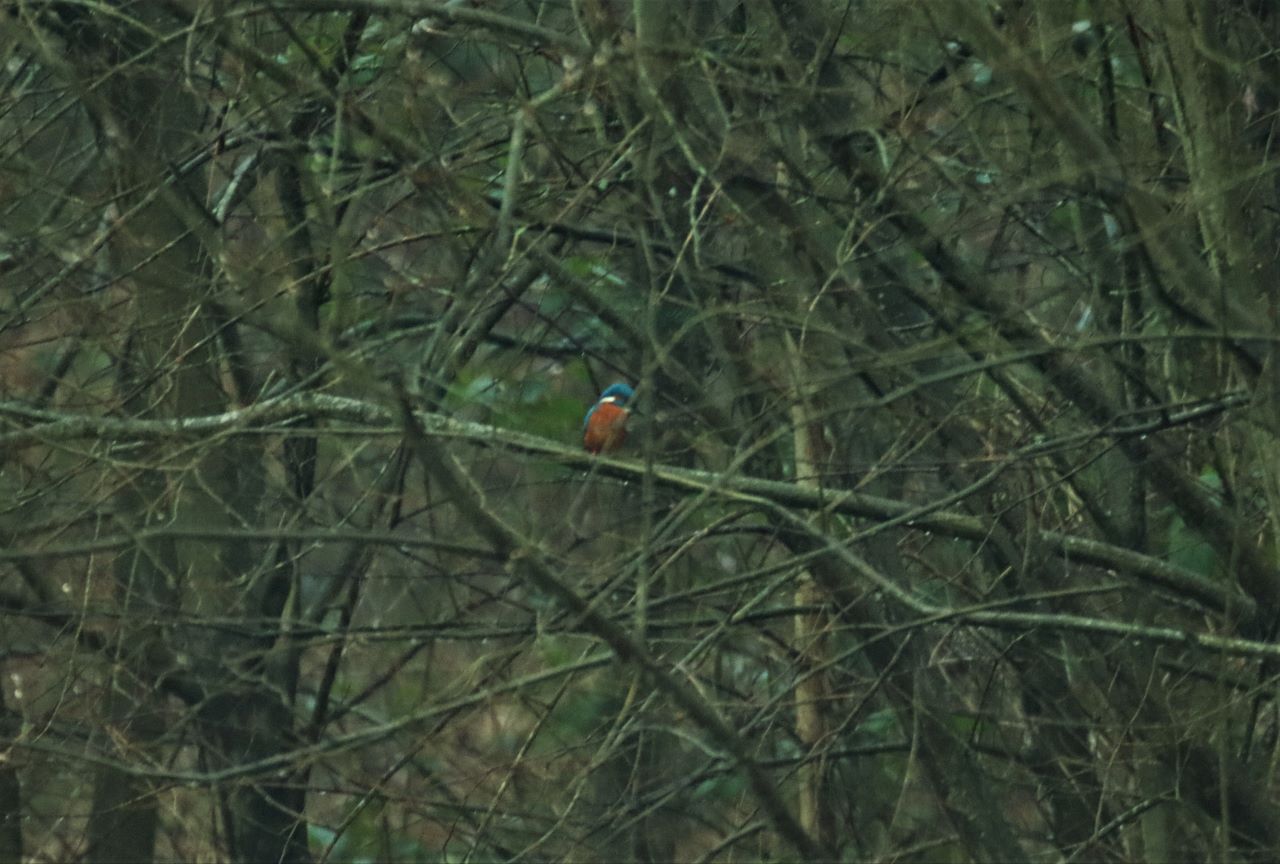
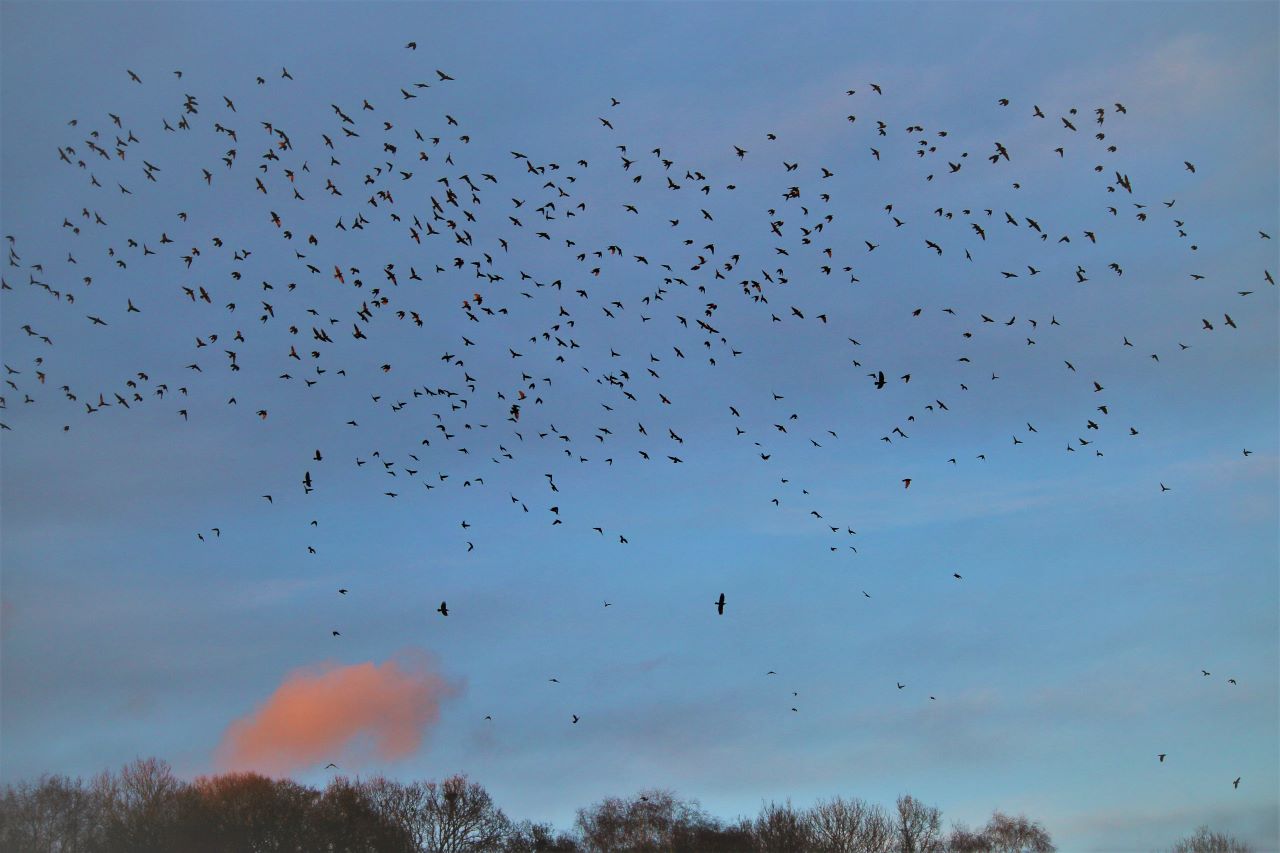



Gordon Taylor
March 21, 2021 at 1:36 pm
Brilliant. I like this. It’s very good to know what identification signs to look for.
Margaret Dean
March 21, 2021 at 6:23 pm
Thanks as ever for this great report. We have had a little group of lesser redpolls on our niger seed [Guizotia abyssinica] every day since the snow in February. We’re in Merrow Common. They are still here.
Belinda Barratt
April 1, 2021 at 12:22 am
It was lovely to meet Malcolm yesterday at Whitmoor Common and would like to thank him for telling us about the linnets.
Fantastic photos as ever.